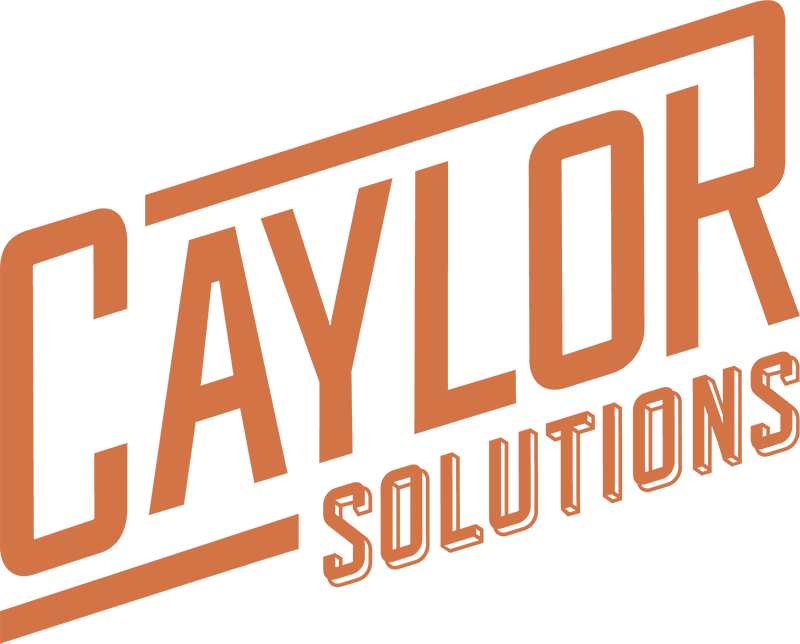Nontraditional online students have become a significant demographic in higher education, and their growing numbers show no sign of slowing down.
In 2020, roughly 5.4 million college and university students enrolled in at least one online course.
And while enrollment numbers have dipped as a whole since COVID, online enrollment actually jumped by over three percent this fall compared to 2021.
We’ve seen a dramatic shift from students and employers viewing online learning as the beleaguered stepchild of higher education to an attractive alternative.
And with the work-from-home culture steadily becoming a new reality for many American employees, online college courses will likely continue to gain popularity.
In short, the best time in history for your school’s enrollment marketing team to work towards generating leads for your online programs is right now.
From cost to convenience, online learning has several distinct advantages – a few of which prospective students may have yet to consider. And your enrollment marketing strategy should feature as many as possible.
Here are three things your team should highlight when marketing to nontraditional online students.
1. Nontraditional Online Students Crave Convenience
As the global economy continues to struggle, making ends meet as a nontraditional student can be tough sledding these days.
According to this government study, about 43 percent of full-time and 81 percent of part-time undergraduate students work while attending school.
So, time is a precious resource for working students. Lack of time is also one of the main reasons drop-outs don’t return to college.
The other side of the coin is students who want to hop on the academic fast track and graduate as quickly as possible.
Therefore, you probably don’t need an academic study, like the one from Eastern Oregon University, to tell you convenience is the top draw for online courses.
But some of your prospective online students may need to be made aware of the flexible options available to them. Be sure to promote the following benefits of online courses:
Asynchronous Learning
Asynchronous online courses can be a lifesaver in a fast-paced world where scheduling can get dicey.
Rather than forcing students to engage with instructors at specified times like traditional on-campus classes, asynchronous courses are self-paced.
Obligatory deadlines aside, students can complete assignments on a timeline that coincides with their work-life balance.
Accelerated Courses
As another competitive advantage for online programs, accelerated courses may speak to students looking for unique scheduling opportunities.
Instead of the traditional 15-week semester, accelerated courses of eight, seven, or even four weeks can give ambitious students an edge on early graduation.
Summer and Winter Semesters
Your typical nontraditional online student won’t get to take the summer off from their job. And they’ll probably have the same outlook for their class schedule.
A side perk of accelerated courses is the potential for students to continue their online learning during traditional break periods.
If your school offers courses during those months, you should prominently feature them in your online enrollment marketing strategy.
2. Cutting Costs With Online Courses
Many prospective nontraditional online students cite rising tuition costs as a barrier to entry into higher education.
Thus, affordability should be a major focus in your online enrollment marketing strategy.
But tuition isn’t the only financial component students should look at when crunching the numbers – other factors they may not consider are in play.
Traditional Versus Online Tuition
Historically, students have a strong financial incentive to enroll in online programs at a private college or university.
It may surprise some that the average cost per credit hour between online and traditional courses at public institutions is practically negligible. For example, in 2019, the average traditional credit hour was $311 compared to $316 per online credit hour.
However, the spread for traditional versus online tuition costs is significantly wider for private schools.
While the average cost per credit hour was about $1,240 for traditional private college classes, that number plummeted to $488 per credit hour for online courses.
At that price point, students can save tens of thousands of dollars over the course of a 4-year degree!
Room and Board
As a nontraditional online student, their rent or mortgage payment may cancel out any potential savings from not living on campus.
However, as of July 2020, 52 percent of American adults aged 18-29 lived with their parents.
The prospect of avoiding a costly transplant onto their campus by taking classes from home should be very enticing to this demographic.
Also, note how much they can save by skipping the campus meal plan when opting for online courses!
Commuting
I know we’ve all felt the pain at the pump in 2022.
The high cost of gas has undoubtedly impacted American workers. But prospective students may not factor commuting costs into their school budget when setting their schedules.
For instance, a full-time student in a traditional community college spends over $1,700 each year on transportation.
According to those tuition costs I cited earlier, that’s an entire 3-credit online course at a private institution bought and paid for! And that’s not even taking time spent on the road each year into account.
3. Not Your Dad’s Online Courses
Convenience and cost are both lucrative strengths of online courses. But unfortunately, some of the old stigmas of distance learning may still linger in the minds of older prospective students.
Some critics still cite “lack of engagement” or “no hands-on interaction” as reasons to discount online courses.
But this isn’t 2010.
Many colleges and universities already had solid online programs, but COVID put a rocket on the back of online education.
Meeting apps like Zoom are now a staple for live interaction between professors and students.
And as augmented and virtual reality tech becomes more commonplace, hands-on education in labs will soon be as prevalent in students’ homes as in the classroom.
And as Professor George Veletsianos of Royal Roads University in Canada pointed out, any concern about effective teaching techniques should not be indicative of online learning:
“These qualities aren’t qualities of good online courses. They are qualities of good courses, period.
Physical proximity isn’t a precondition for good education. Comparing one form of education to another distracts us from the fact that all forms of education can — and should — be made better.”
— Professor George Veletsianos, Royal Roads University
Still, online learning will be new territory for many of your prospective students. So, when promoting your school’s online courses, be sure to answer these questions:
- How will they interact with professors and classmates?
- What unique methods does your school use to encourage engagement?
- Do you promote student agency in your courses?
- How will students access the resources necessary for their work?
- Will their financial aid be affected by taking online courses?
By getting ahead of potential roadblocks to online enrollment, you can massage any anxiety your leads may have about online courses.
Nontraditional Online Students: The Future of Higher Ed?
As technology becomes more accessible to schools and students alike, I believe online learning will only increase in popularity.
Therefore, higher ed marketers need to start zeroing in on nontraditional online students.
As with any marketing approach, your number one focus should be to answer their questions. Set your prospective students up for success before they take a single step through that virtual classroom door!
And if your team could use a hand with that, we’re here for you!
Looking for Enrollment Marketing Content that Works?
You’re in luck! We’ve curated 25 awesome ideas inspired by top higher ed institutions across the country and put them in one handy guide: 25 Ideas for Great Admissions Content. 
-
- 25 enrollment marketing content ideas you might never have considered before
- Guidance on how to use each one for best results
- Brief discussion on why they work to help you sell these ideas to your team
Get inspired.
Get enrollment results.
Get 25 Ideas for Great Admissions Content.
Download your copy today!
Featured image by BullRun via Adobe Stock












